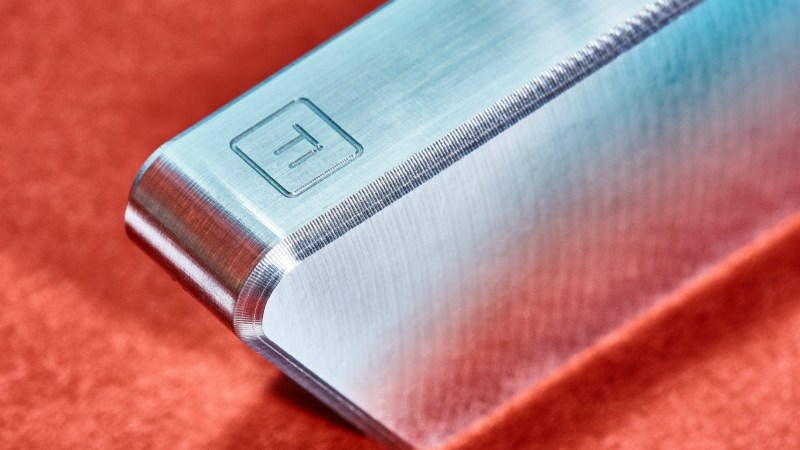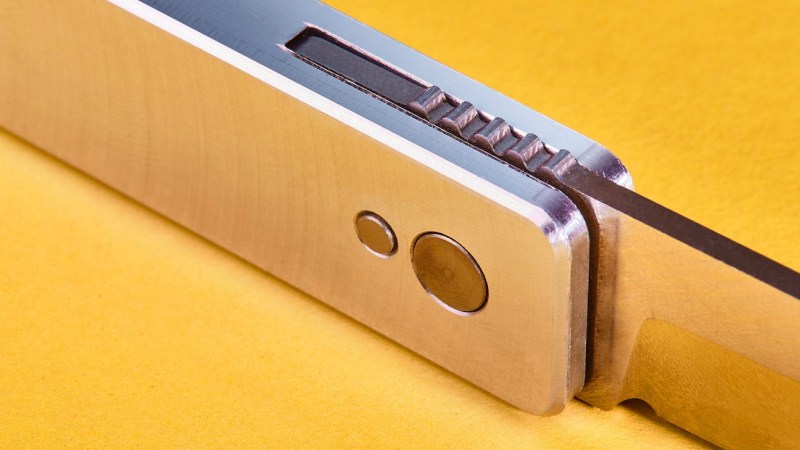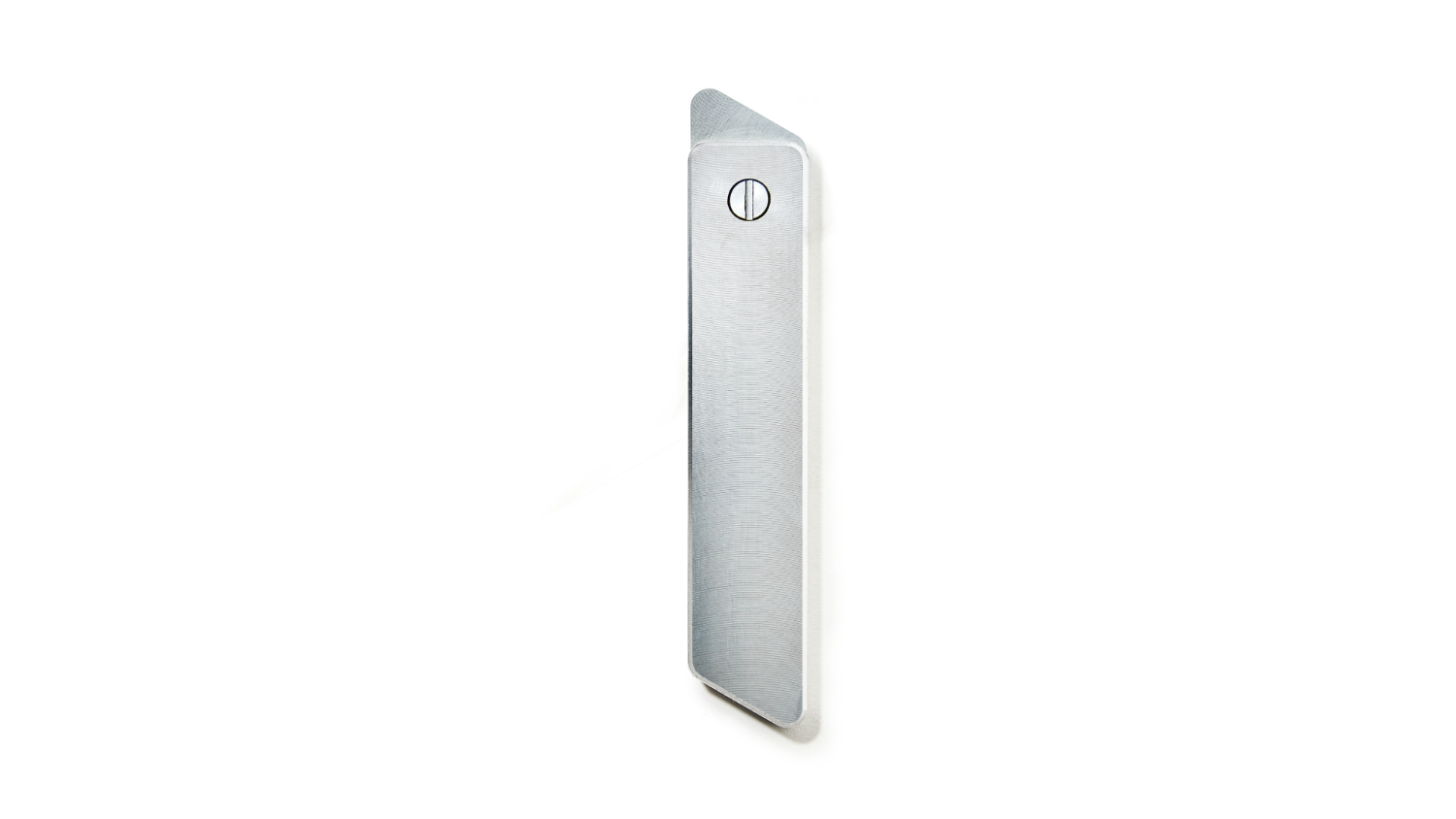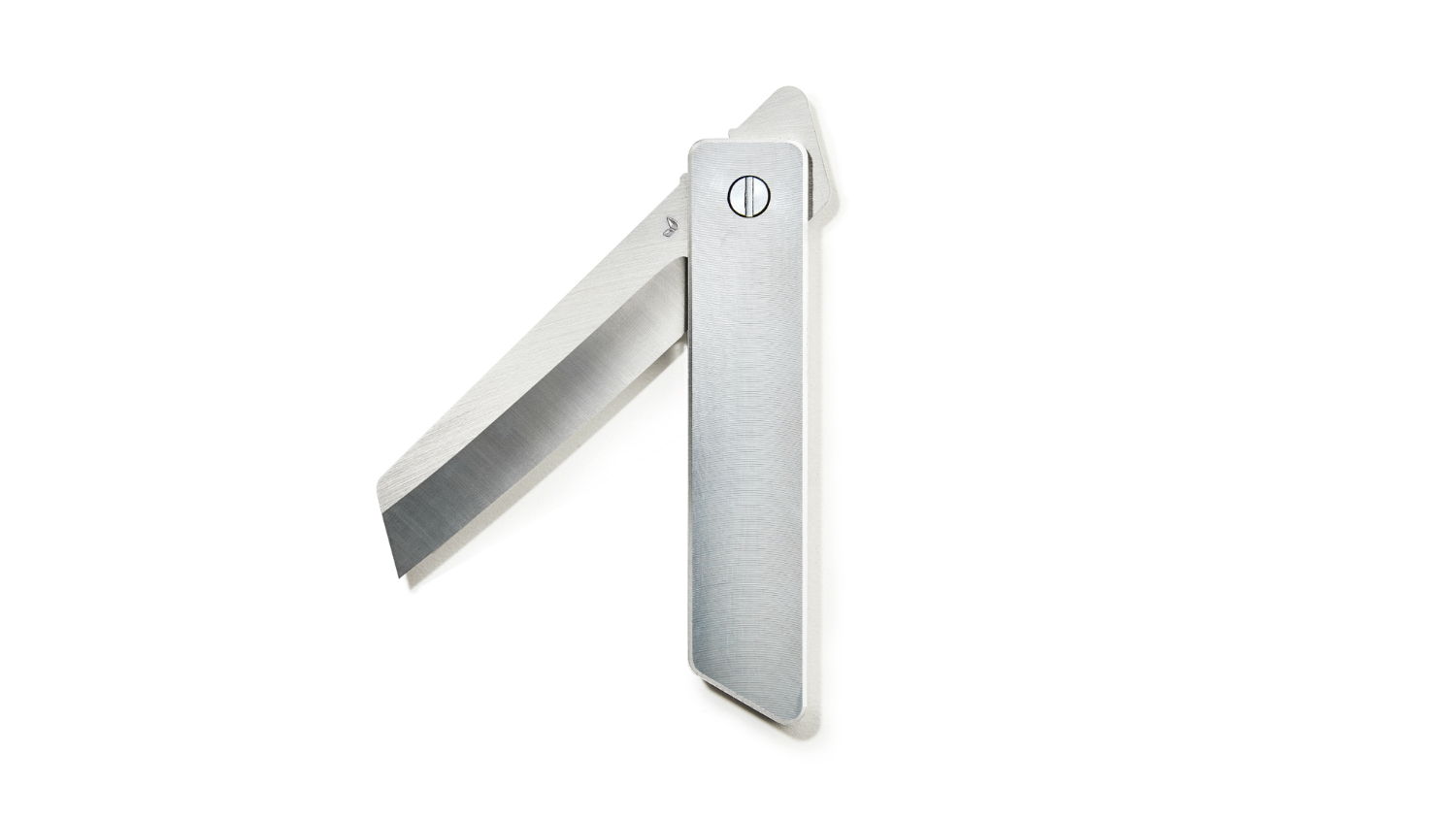Do you find yourself asking, “Do I need another pocketknife?” The answer is yes. The answer is always yes. First, a pocket knife is a piece of pure utility — even an antique or collectible one (which ostensibly is purchased for its monetary or sentimental value more than its cutting prowess) is almost always able to cut (at least) a piece of string. And second, you never know when civilization will collapse, ushering in an era in which you and all your loved ones need a pocketknife just to survive.
Okay, so maybe just that first part.
But regardless of your reasons for acquiring another pocketknife, if you’re going to do so, do it with Grovemade’s Titanium Minimalist Knife. Since this knife made its debut in 2017, our team has coveted its sleek design emboldened by crisp lines, sharp angles, and slightly raw-metal appearance.

“With the Minimalist Pocketknife, we saw an opportunity to strip design down to its simplest level without sacrificing overall function of the product,” says Ken Tomia, Grovemade’s co-founder, in a statement. “The knife was a challenging design,” he notes, referencing its monobody design and unique engineering.
The knife’s monobody was machined from a single block of titanium and built using Grovemade’s unique non-sandwich method. Each knife is engraved with the elemental symbol for titanium, Ti, denoting its material and value. And, like all higonokami-style knives, it retains the friction-knife design of the Japanese original, meaning it’s held open by the weight of your thumb on the blade’s tang. The blade itself is made from 440C steel and is held in the titanium monobody cradle with phosphor bronze washers.

You can get your own titanium minimalist knife here. And while you’re over at Grovemade, check out their awesome desk shelf systems and all-black minimalist EDC bundle.




